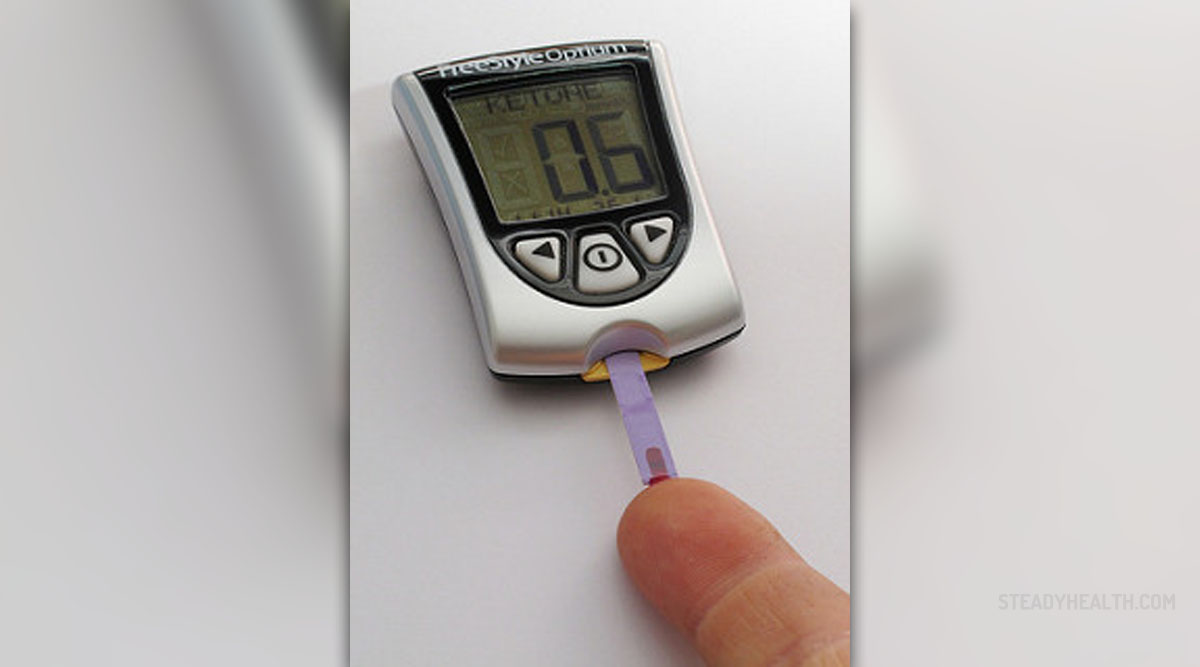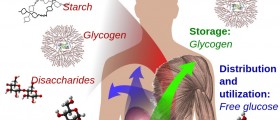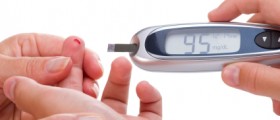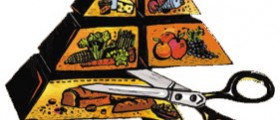
The human body needs healthy and balanced diet consisted of proteins, carbohydrates and fats for its metabolism. Metabolism of carbohydrates taken during the day ensures proper amount of glucose and sufficient energy for functioning of our muscles and organs throughout the body. Eating small amounts or no carbohydrates leaves the body without glucose and, therefore, causes lack of energy. Our body is designed to adjust this change and try to maintain energy on optimal level for functioning.
About Ketosis
For that reason, the body starts to use stored fat and convert it to energy needed for normal functioning. This type of metabolism is known as fat metabolism. It causes accumulation of ketones in the blood and, as a result, the human body experiences ketosis.
Acetone, acetoacetate and beta-hydroxybutyrate are ketones produced during fat metabolism. Build-up of these ketones increases acidity of the blood and urine and may be responsible for damage of the liver and kidneys. The body will try to get rid of excess acetone via the lungs. Because of that, many patients suffering from ketosis may be noticed to have breath smelling sweet and fruity. In some cases, this smell may mislead someone to think these people have drunk something alcoholic.
Ketosis is a condition that may affect people suffering from diabetes mellitus type 1 and those exposed to starvation (either by choice or force). Also, many chronic alcoholics have experienced ketosis due to malnutrition.
Diabetes Mellitus and Ketosis
Diabetic patients suffering from diabetes type 1 who have not taken their insulin injection for some time may also experience ketosis. In these patients their condition is a combination of increased level of ketones in the blood and increased acidity of the blood, usually called ketoacidosis.
Ketoacidosis can be recognized as nausea, vomiting, loss of appetite, stomach pain, frequent need to urinate and high temperature. However, probably the most easily recognized symptom of ketoacidosis is sweet smelling breath. Breath of these patients may resemble some pear drops or nail varnish, indicating ketoacidosis.
This condition must be treated immediately, since ketoacidosis is a medical emergency and needs to be treated urgently. Untreated ketoacidosis is known to cause complications such as coma or even death. Patients are usually transported to a hospital and given IV (intravenous) fluids, insulin and glucose.
- www.who.int/news-room/fact-sheets/detail/healthy-diet
- www.who.int/diabetes/
- Photo courtesy of Phil Gradwell by Flickr: www.flickr.com/photos/philgradwell/12151292726

















Your thoughts on this
Loading...